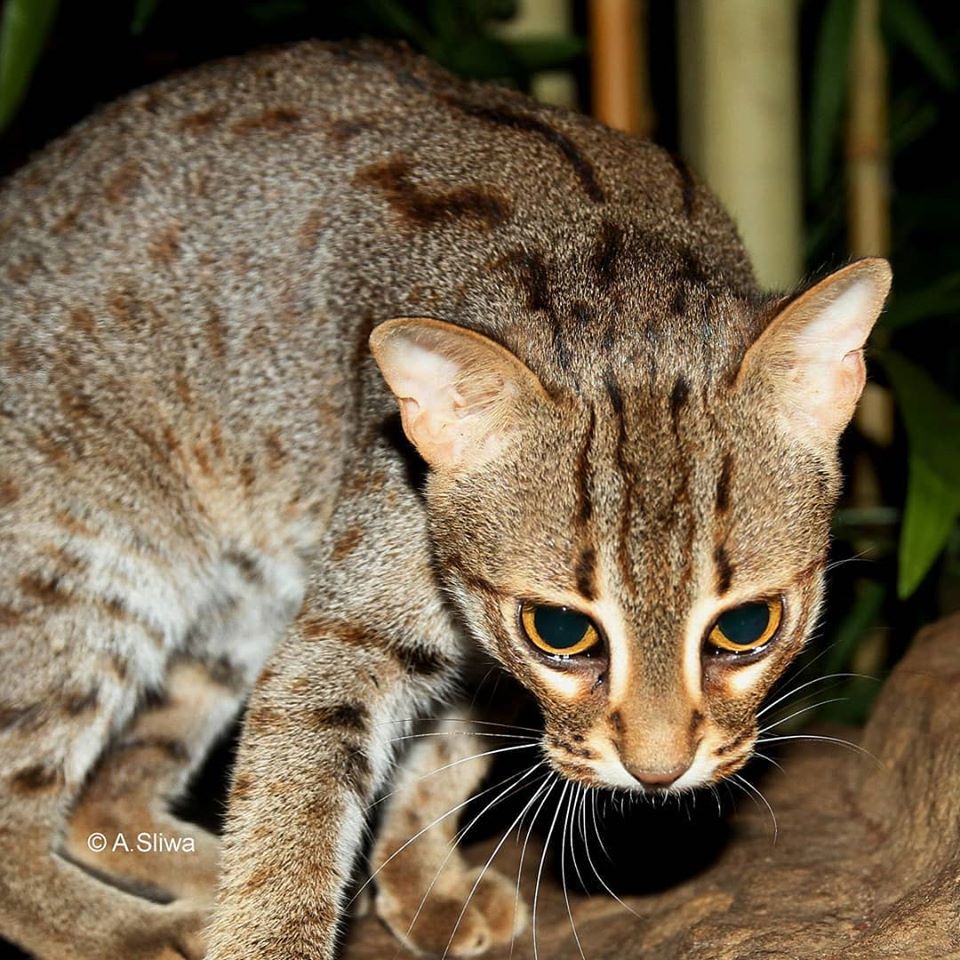Sand Cat Habitat Needs

The main factor to the increased extinction is habitat destruction due to industrialization Townsend et al.
Sand cat habitat needs. Africas Sahara desert throughout the Arabian peninsula. Sand cats live in sandy and stony deserts such as Sahara Arabian desert and deserts in Pakistan and Iran. It prefers areas of sparse vegetation mixed with sandy and rocky areas which supports rodent and small bird prey.
The sand cat rests in burrows during the day to seek protection from high or low air temperatures and to minimize the loss of moisture. Number of sand cats decreased drastically in the past couple of decades due to habitat loss poaching. The Sand Cat primarily occupies sandy deserts but has also been recorded in stony and rocky deserts.
This is about education and training. However some diurnal activity in Arabia was recorded especially in winter when conditions were cooler. Sand cats live in temperatures that sometimes rise to more than 40C 104F.
The TAG recommends an SSP with a target population of 80 individuals all to consist of F. Their prey provides most of the fluids they need to survive in arid habitat. Its head-and-body length ranges from 3952 cm with a 2331 cm long tail.
The Sand cat hides leftover food in the sand. The smallest cat species in Arabia the sand cat Felis margarita is well adapted to its arid desert habitat obtaining all the water it needs from its food. Sand cats live exclusively in desert regions.
If the local people are prepared to live in harmony with the sand cat it will force change from the bottom to the top the countries rulers. The sand cat is the only felid found primarily in true deserts. Instead they live in dry sandy plains and rocky valleys.



















